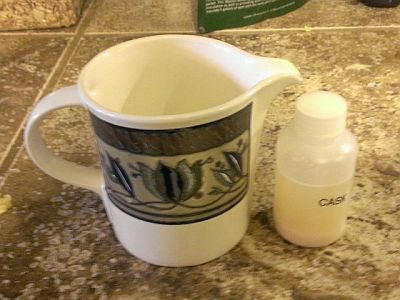jcorn
Well-Known Member
I look at everything as time vs cost in my brewing. For me yeast washing just seems way too time consuming for my methods. Do keep in mind that I use only 6.9 gallon wine bucket for fermenting 5.25 gallons of beer. I definitely prefer this method because using the buckets I can do any size beer without worry of a blow off tube and easy cleanup vs. a carboy. It literally takes me less than 2 mins. to clean my bucket with a soft hot rag. I am getting way more into liquid yeast these days and am looking to reuse it as often as I can. As great as yeast washing can be for some, it really is just not for me. I end up having to boil water, cool the water, add the water to my trub cake and transfer to a clear carboy, 1 gallon growler, .75 growler and onto mason jars. It is just too much sanitizing and time consuming for me to keep up with.
I brew all of my batches via pellet hops being added to a large bag in the boil. That way I can dispose of the material in the bag for easier access to my cakes. What is my best option for saving the trub cake that remains after I siphon all of my beer off of it? I want to be able to reuse my yeast at least once but do it very easily and prefer not having to make yet another starter. Can I just simply steal the whole cake into some masor jars and just repitch those jars a couple weeks later into a similar beer style? My worts are typically always around 1.062 and I always make a 2 liter starter for my first generation.
I brew all of my batches via pellet hops being added to a large bag in the boil. That way I can dispose of the material in the bag for easier access to my cakes. What is my best option for saving the trub cake that remains after I siphon all of my beer off of it? I want to be able to reuse my yeast at least once but do it very easily and prefer not having to make yet another starter. Can I just simply steal the whole cake into some masor jars and just repitch those jars a couple weeks later into a similar beer style? My worts are typically always around 1.062 and I always make a 2 liter starter for my first generation.





